Home>Furniture>Outdoor Furniture>How To Wash A Hammock
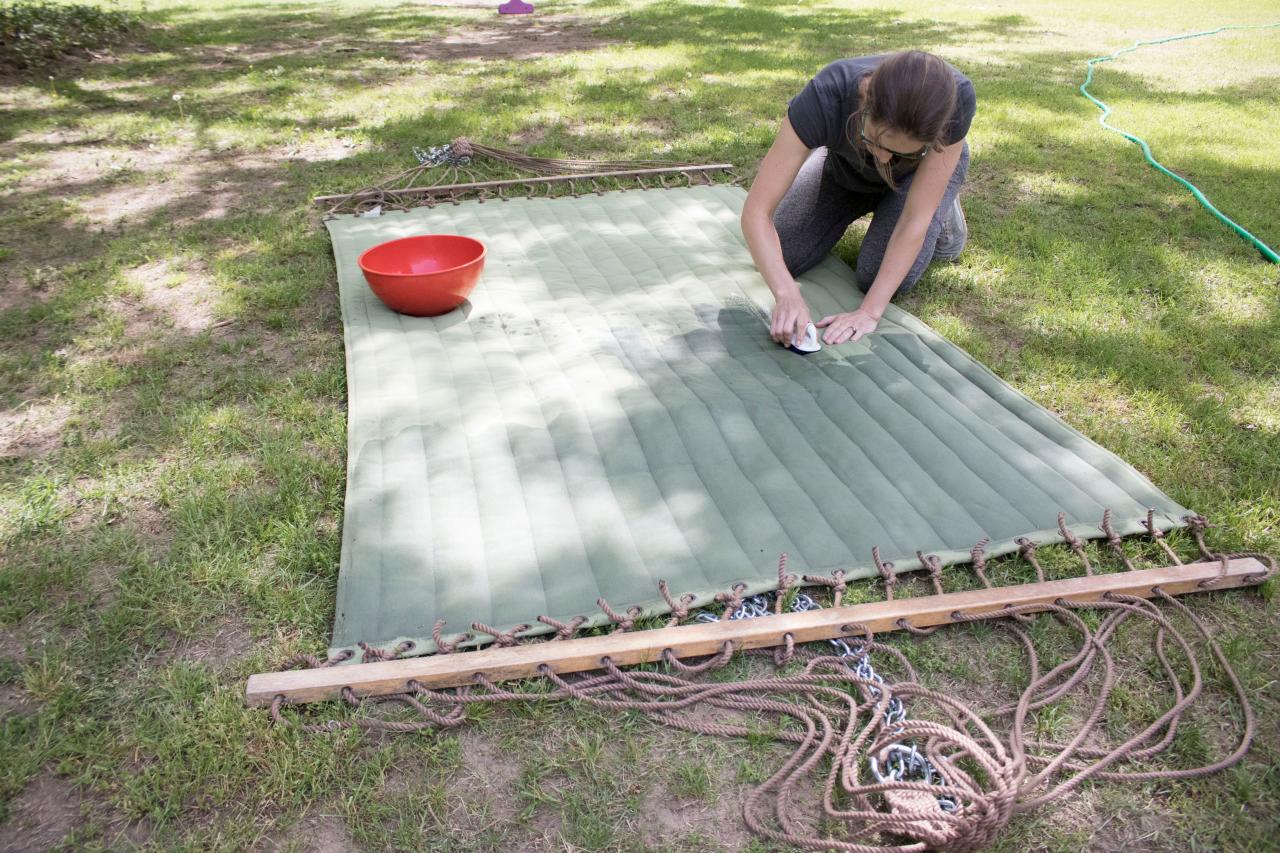

Outdoor Furniture
How To Wash A Hammock
Modified: March 16, 2024
Learn how to properly wash your outdoor furniture, including your hammock. Follow our step-by-step guide to ensure your hammock remains clean and in top condition.
(Many of the links in this article redirect to a specific reviewed product. Your purchase of these products through affiliate links helps to generate commission for Storables.com, at no extra cost. Learn more)
Introduction
Welcome to our guide on how to wash a hammock. A hammock is a perfect addition to any outdoor space, providing a comfortable and relaxing spot to unwind and enjoy the great outdoors. However, after spending hours lounging in your hammock, it’s bound to accumulate dirt, stains, and odors over time.
Cleaning your hammock regularly not only helps maintain its appearance but also prolongs its lifespan. While the thought of washing a hammock might seem daunting, it’s a fairly simple process that can be done with just a few supplies and some elbow grease.
In this article, we’ll take you through a step-by-step guide on how to wash a hammock effectively. Whether your hammock is made of fabric, rope, or even parachute material, these tips and techniques will ensure that it gets thoroughly cleaned and ready for your next relaxing adventure.
So gather your supplies and let’s dive into the world of hammock cleaning!
Key Takeaways:
- Regularly washing your hammock with a gentle detergent and proper rinsing can help maintain its appearance and prolong its lifespan, ensuring many more relaxing moments in the great outdoors.
- Pre-treating stains and air-drying your hammock in a well-ventilated area are essential steps to achieve a clean and fresh hammock, ready for your next outdoor relaxation session.
Read more: How To Choose A Hammock
Necessary Supplies
Before you begin the process of washing your hammock, it’s essential to gather the necessary supplies. Having everything on hand will make the cleaning process smoother and more efficient. Here’s a list of items you’ll need:
- Mild detergent or hammock-specific cleaner: Choose a mild detergent that is suitable for the material of your hammock. Avoid using harsh chemicals or bleach, as they can damage the fabric or ropes.
- Large basin or bathtub: You’ll need a spacious basin or bathtub to accommodate the hammock. Ensure that it is clean and free of any debris.
- Soft brush or sponge: A soft-bristled brush or sponge will help remove dirt and stains without causing any damage to the hammock’s material.
- Stain remover or pre-treatment solution (optional): If your hammock has stubborn stains, you may want to use a stain remover or pre-treatment solution to tackle them before washing.
- Bucket or hose: You’ll need a bucket or hose for rinsing the hammock thoroughly.
- Drying rack or clothesline: After washing, the hammock needs to be dried properly. A drying rack or clothesline will provide a suitable spot for air-drying.
- Outdoor space or well-ventilated area: Find an outdoor space or a well-ventilated area where you can clean and dry the hammock. This will help prevent any lingering odors or moisture buildup.
Make sure you have all these supplies ready before you start washing your hammock. Having everything within reach will save you time and ensure that you have a successful cleaning session.
Step 1: Remove Any Accessories or Attachments
The first step in washing your hammock is to remove any accessories or attachments that may be attached to it. This includes pillows, cushions, spreader bars, or any other removable parts. These items can be washed separately following their specific care instructions, or you can clean them along with the hammock if they are machine washable.
By removing these accessories, you ensure that they don’t hinder the cleaning process or get damaged during the washing. It also allows you to focus on thoroughly cleaning the hammock itself.
Check for any hooks, carabiners, or hardware that might be attached to the hammock. Detach them carefully and set them aside in a safe place. These components can be cleaned by wiping them with a damp cloth or following the manufacturer’s instructions for maintenance.
Once all the accessories and attachments have been removed, you’re ready to move on to the next step in the cleaning process. It’s always best to start with a clean slate and give your hammock the attention it deserves.
Step 2: Check the Label and Read the Instructions
Before proceeding with washing your hammock, it’s crucial to check the label or any manufacturer’s instructions that came with it. Different hammocks may have specific care requirements or restrictions that you need to be aware of.
Look for any symbols or text that indicate the recommended cleaning method. This may include instructions for hand washing, machine washing, or any temperature restrictions. Adhering to these guidelines will help prevent any damage to the hammock and ensure its longevity.
If you can’t find any specific instructions on the label or packaging, it’s generally safe to assume that hand washing is the preferred method for most hammocks. Hand washing allows for better control over the cleaning process and minimizes the risk of tangling or damaging the hammock’s fabric or ropes.
Additionally, take note of any other information provided on the label. This may include recommendations for drying methods or any special treatments to be used. Following these instructions will help maintain the quality and appearance of your hammock.
If you’re still unsure about how to proceed after checking the label, it’s a good idea to reach out to the manufacturer or consult their website for more detailed care instructions. They will have the expertise and knowledge to provide accurate guidance specific to your hammock.
By taking the time to read and understand the label or instructions, you can ensure that you’re treating your hammock in the best possible way, prolonging its lifespan and keeping it in excellent condition.
Step 3: Pre-Treat Stains (if applicable)
If your hammock has any noticeable stains or spots, it’s a good idea to pre-treat them before proceeding with the overall washing process. Pre-treating stains can help to loosen and remove them more effectively during the cleaning process.
First, identify the type of stain you’re dealing with. Common types of stains on hammocks include dirt, grass, food, or mildew. Each type of stain may require a slightly different approach for effective removal.
For general stains or dirt, you can try using a mild stain remover or a pre-treatment solution. Apply the stain remover directly to the affected area and gently rub it in using a soft brush or sponge. Allow the solution to sit for a few minutes to penetrate the stain and break it down.
If you’re dealing with mildew stains, which often appear as dark spots, you can create a mixture of equal parts water and vinegar. Dampen a clean cloth with the mixture and gently blot the stain. Vinegar is known for its natural antibacterial and anti-fungal properties, which can help remove mildew stains effectively.
Regardless of the stain type, it’s important not to scrub vigorously as this can damage the fabric or ropes of the hammock. Take your time and be gentle during the pre-treatment process.
After pre-treating the stains, let the stain remover or vinegar mixture sit for a few more minutes to allow it to work its magic. This will help break down the stain and make it easier to remove during the washing process.
Once the pre-treatment step is complete, you’re ready to move on to the next phase of washing your hammock. By pre-treating stains, you increase the likelihood of achieving a cleaner and brighter hammock at the end of the cleaning process.
To wash a hammock, remove it from the hanging hooks and hand wash it with mild detergent and water. Rinse thoroughly and let it air dry completely before rehanging. Avoid using a washing machine or dryer to prevent damage.
Read more: What Is A Hammock
Step 4: Prepare a Gentle Washing Solution
With your hammock pre-treated and ready for cleaning, the next step is to prepare a gentle washing solution. This solution will help remove dirt, grime, and any remaining stains while being gentle enough to protect the fabric or ropes of your hammock.
Start by filling a large basin or bathtub with lukewarm water. Avoid using hot water, as it can shrink or weaken the fibers of the hammock. Add a small amount of mild detergent specifically designed for delicate fabrics or a hammock-specific cleaner. Be sure to follow the manufacturer’s instructions on the detergent or cleaner for the recommended amount to use.
Gently swish the water with your hand to ensure the detergent is evenly dispersed throughout the solution. Avoid creating excessive suds, as they can be difficult to rinse out and leave a residue on the hammock.
Keep in mind that less is more when it comes to the detergent. Using too much detergent can leave behind a soapy residue that is challenging to rinse out completely. This residue can attract dirt and cause the hammock to become dingy over time.
If you prefer a more natural cleaning solution, you can opt for mild alternatives such as baking soda or mild dish soap. These options are effective in removing stains and odors while being gentle on the hammock’s material.
Remember that it’s crucial to choose a washing solution that is appropriate for the type of hammock you have. Different materials may require specific cleaning agents or methods to ensure their longevity.
Once your washing solution is ready, you’re prepared to move on to the next step of actually washing the hammock. This gentle cleaning solution will provide a thorough yet mild cleanse, leaving your hammock fresh and clean.
Step 5: Hand Wash the Hammock
Now that you have prepared the washing solution, it’s time to hand wash your hammock. Hand washing allows for better control and minimizes the risk of damaging the hammock’s fabric or ropes.
Submerge the hammock in the prepared washing solution, ensuring that it is fully immersed. Gently swirl and agitate the hammock in the water to loosen any dirt, stains, or odors. Pay attention to areas that may have accumulated more dirt, such as the headrest or footrest areas.
Use a soft brush or sponge to gently scrub the hammock and focus on any particularly dirty or stained areas. Be careful not to scrub too harshly, as it can weaken the fabric or damage the ropes. Instead, use gentle circular motions to lift away dirt and stains.
If your hammock is made of fabric, pay extra attention to the areas where the fabric folds or overlaps. These areas are more prone to trapping dirt and moisture, making them potential spots for mildew or mold growth.
Continue hand washing for a few minutes, ensuring that every part of the hammock receives attention. Take your time and be thorough in your cleaning process to achieve the best results.
During the hand washing, you may notice the water becoming dirty or discolored – this is a sign that the dirt and grime are being lifted from the hammock. You can drain the soapy water and refill the basin or tub with clean water to give the hammock a final rinse.
Remember to avoid wringing or twisting the hammock tightly, as this can cause damage. Instead, gently squeeze the excess water out without putting too much strain on the fabric or ropes.
Once you have finished hand washing, you can proceed to the next step of rinsing the hammock thoroughly.
Step 6: Rinse Thoroughly
After hand washing your hammock, it’s important to rinse it thoroughly to remove any residual detergent or cleaning solution. Proper rinsing ensures that no soapy residue is left behind, which could attract dirt or cause the fabric to feel stiff.
Start by draining the soapy water from the basin or bathtub. Refill it with clean, lukewarm water. Submerge the hammock again and gently agitate it to help rinse away the detergent.
Continue to move the hammock around in the water, making sure that all parts receive a thorough rinse. You may need to drain and refill the water a couple of times to ensure complete removal of the detergent.
While rinsing, you can gently squeeze the hammock to help expel any remaining soapy water. Be careful not to twist or wring it vigorously, as this can damage the fabric or rope fibers.
Alternatively, you can rinse the hammock using a hose or a showerhead attachment. Make sure to adjust the water pressure to a gentle flow to avoid putting too much stress on the hammock.
Continue rinsing until the water runs clear and there are no signs of soapy residue on the hammock. This step is essential to ensure that your hammock is thoroughly cleaned and ready for the next step of the drying process.
Once you’re satisfied with the rinsing, it’s time to move on to the final step of the cleaning process: air drying your hammock.
Step 7: Air Dry the Hammock
After completing the rinsing process, it’s crucial to allow your hammock to air dry properly. Air drying is the best method to preserve the integrity of the fabric or ropes and ensure the longevity of your hammock.
Find a suitable outdoor space or a well-ventilated area where you can hang the hammock for drying. Ideally, choose a shaded area to protect the hammock from direct sunlight, as prolonged exposure to the sun’s UV rays can cause fading or weakening of the material over time.
If your hammock has spreader bars, you can hang it between two sturdy trees or hooks that are designed for hammock use. Ensure that the hammock is evenly spread out and not bunched up or folded, as this can lead to moisture retention and potential damage.
If your hammock has ropes or tie-out loops, make sure they are securely fastened to avoid any accidents while it’s being dried.
Allow the hammock to hang freely and air dry naturally. Depending on the weather conditions and the material of your hammock, the drying process may take a few hours to a full day.
Avoid using any artificial heat sources, such as a dryer or direct heat from a heater, as this can cause shrinkage or damage to the material.
During the drying process, periodically check the hammock for any signs of dampness or moisture. If you notice any damp spots, gently pat them with a clean towel to help absorb the moisture.
Once the hammock is completely dry, give it a final inspection to ensure that it’s ready to be used again. Ensure that there are no lingering odors or signs of residual moisture.
Properly storing your hammock when it’s not in use will also help prolong its lifespan. Make sure it’s folded or rolled up neatly and stored in a dry place to prevent any potential damage from moisture or pests.
By following these steps and allowing your hammock to air dry thoroughly, you’ll be able to enjoy a clean and fresh hammock for your next relaxation session.
Read more: How To Sit In A Hammock
Conclusion
Cleaning your hammock is an essential part of its maintenance, ensuring that it remains in great condition for years of enjoyable use. By following the step-by-step guide outlined in this article, you can effectively wash your hammock and remove dirt, stains, and odors.
Begin by gathering the necessary supplies, including a mild detergent or hammock-specific cleaner, a large basin or bathtub, a soft brush or sponge, and a drying rack or clothesline. Remove any accessories or attachments from the hammock before starting the cleaning process.
Next, check the label or instructions that came with your hammock to understand any specific care requirements or recommendations. If applicable, pre-treat stains using gentle stain removers or natural alternatives like vinegar.
Prepare a gentle washing solution by filling a basin or bathtub with lukewarm water and a small amount of mild detergent or cleaner. Hand wash the hammock, gently scrubbing with a soft brush or sponge, paying attention to dirty or stained areas. Rinse the hammock thoroughly to remove any soapy residue.
Finally, air dry the hammock in a well-ventilated area, making sure it is evenly spread and not exposed to direct sunlight. Allow it to dry completely before storing or using it again.
By following these steps, you can keep your hammock clean, fresh, and ready for countless hours of relaxation in the great outdoors.
Remember to always refer to the manufacturer’s instructions for specific care guidelines, as different hammocks may have unique requirements based on their materials and construction.
So go ahead and give your hammock the care and attention it deserves. With a little effort, you can keep it looking and feeling great, ensuring many more moments of relaxation and enjoyment in your outdoor oasis.
Frequently Asked Questions about How To Wash A Hammock
Was this page helpful?
At Storables.com, we guarantee accurate and reliable information. Our content, validated by Expert Board Contributors, is crafted following stringent Editorial Policies. We're committed to providing you with well-researched, expert-backed insights for all your informational needs.
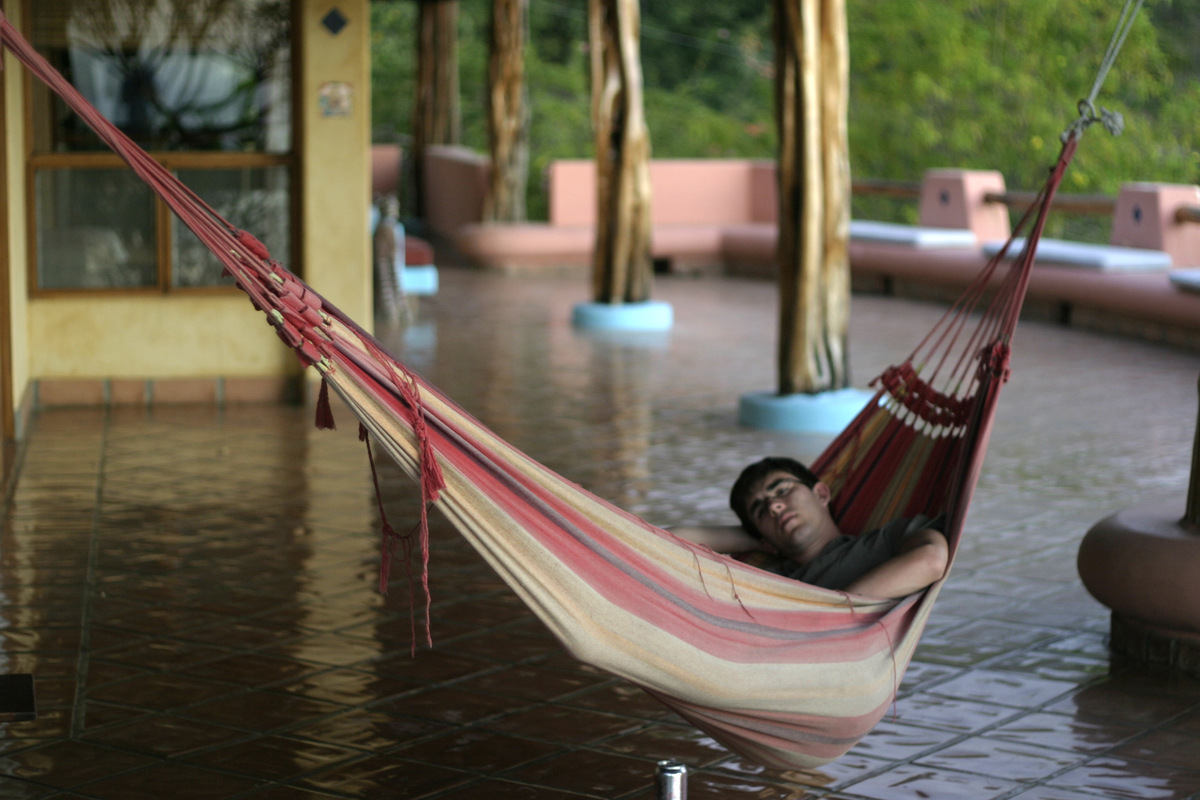
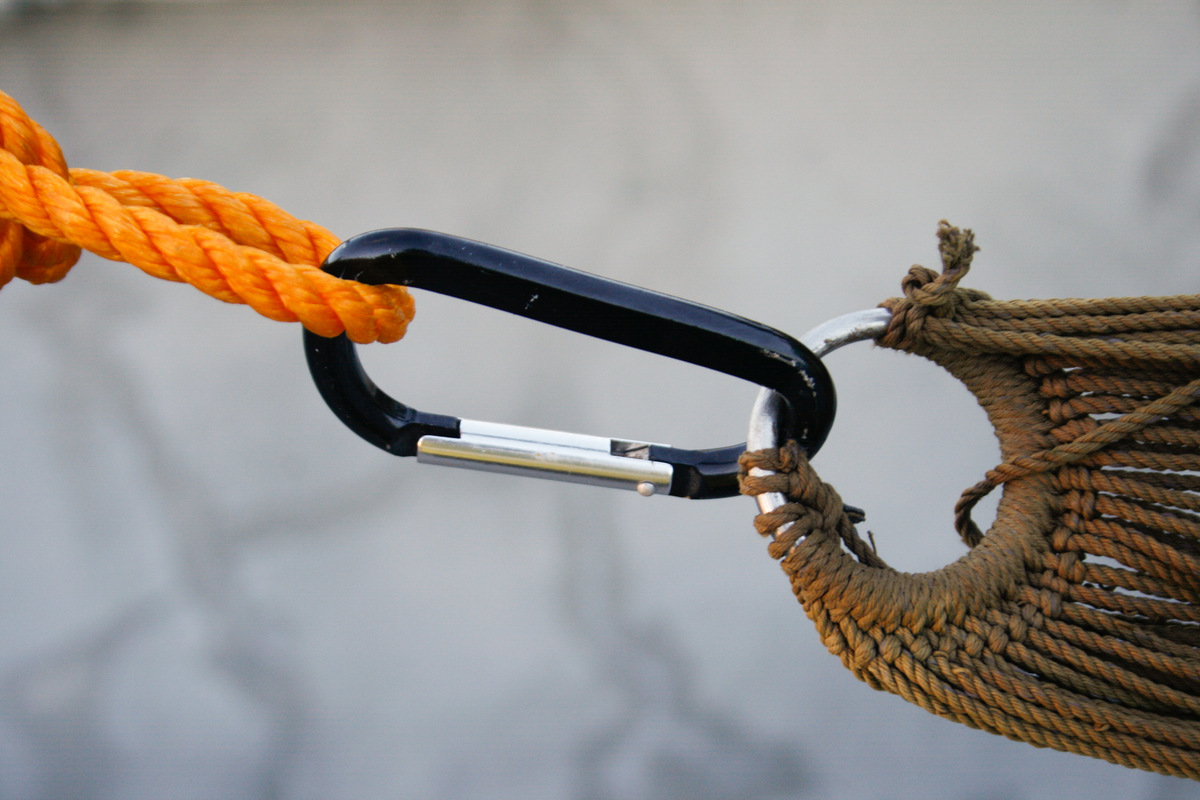

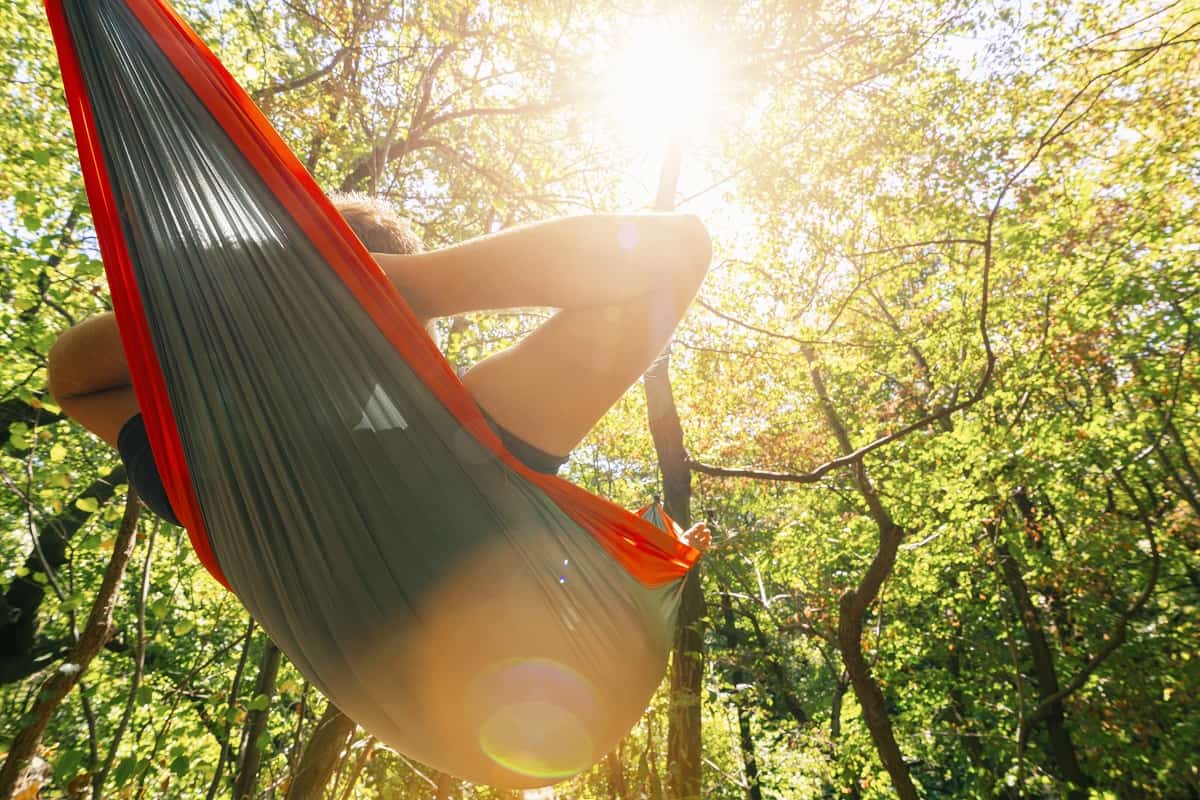
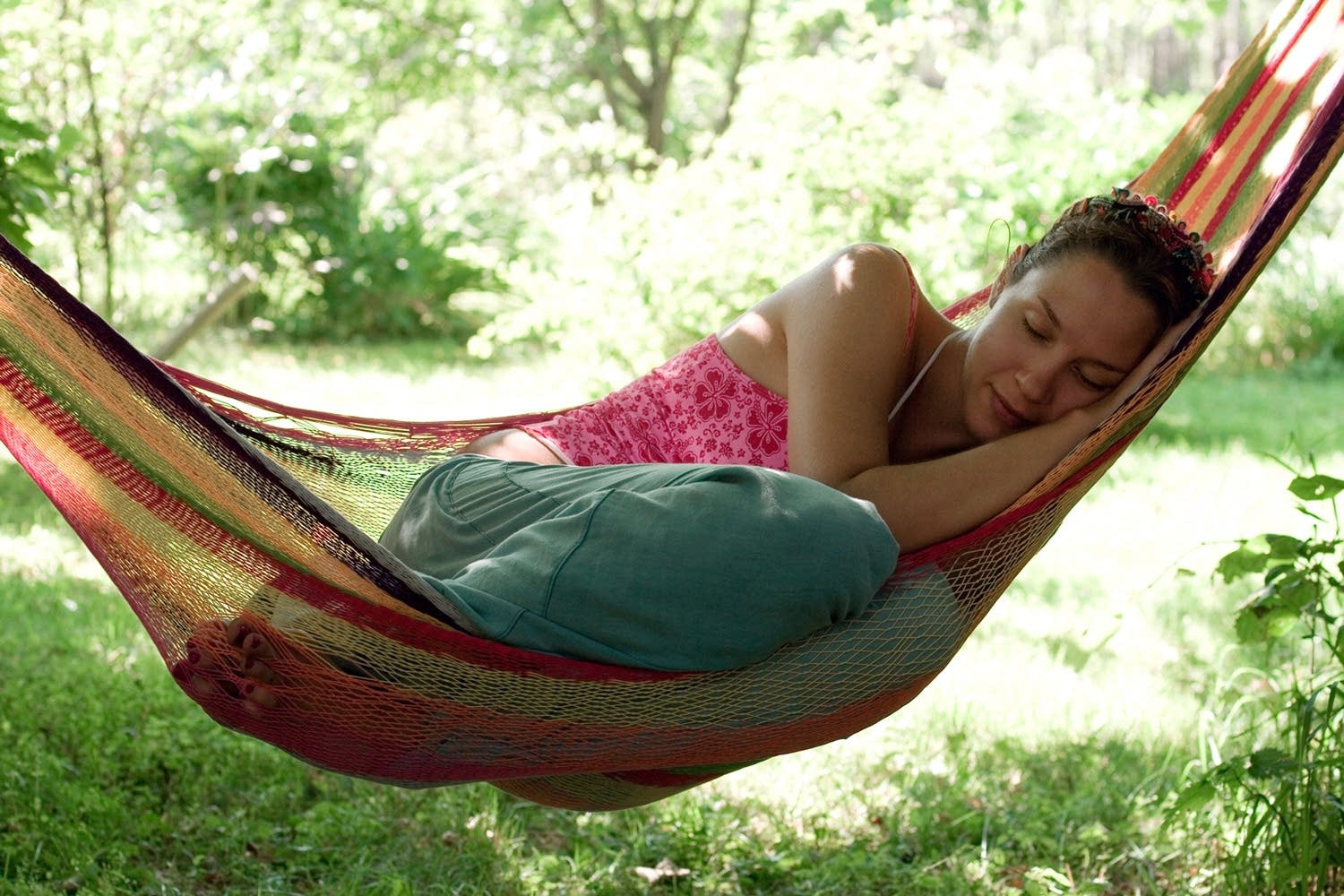
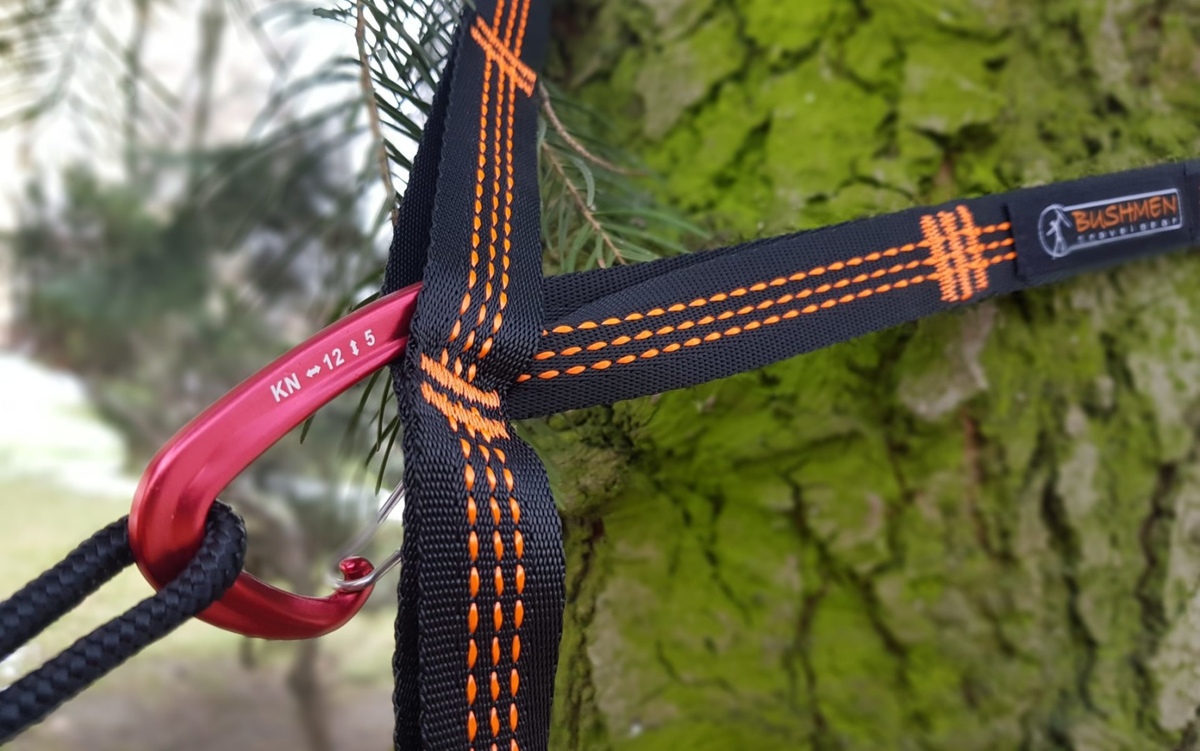

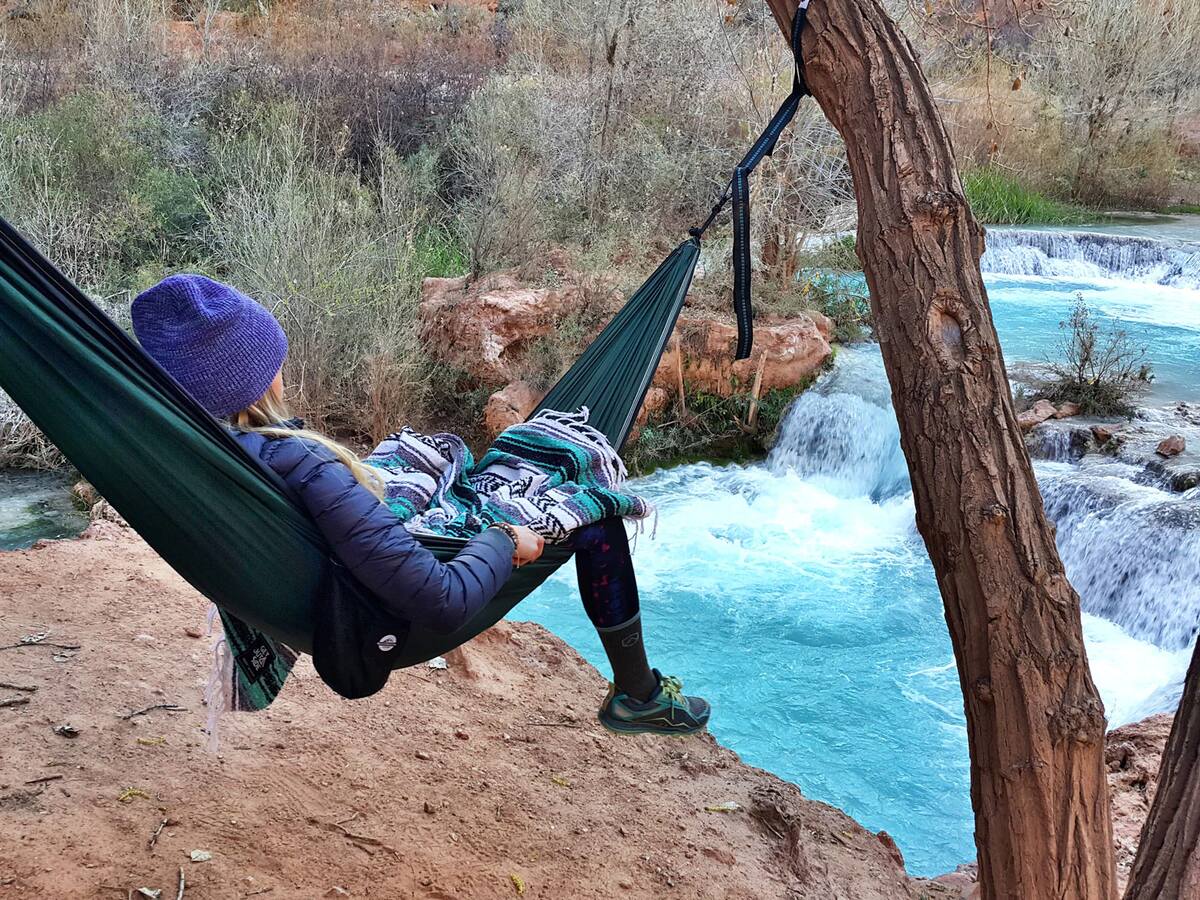
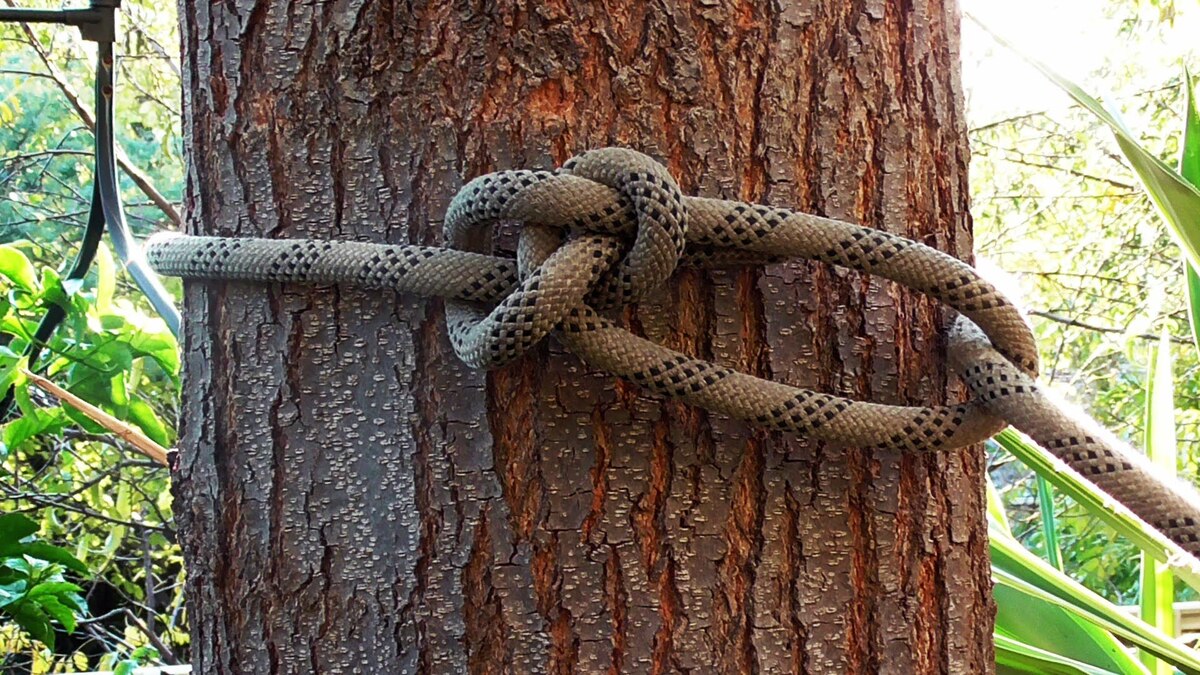
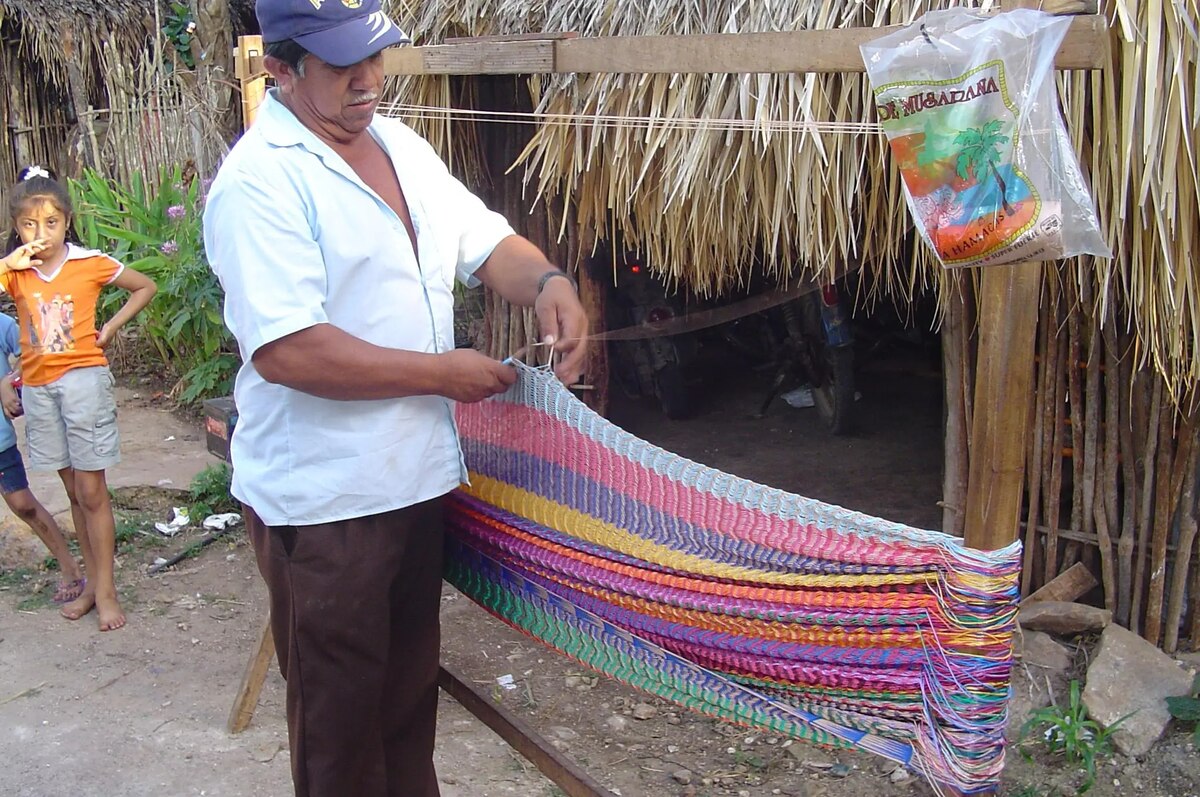
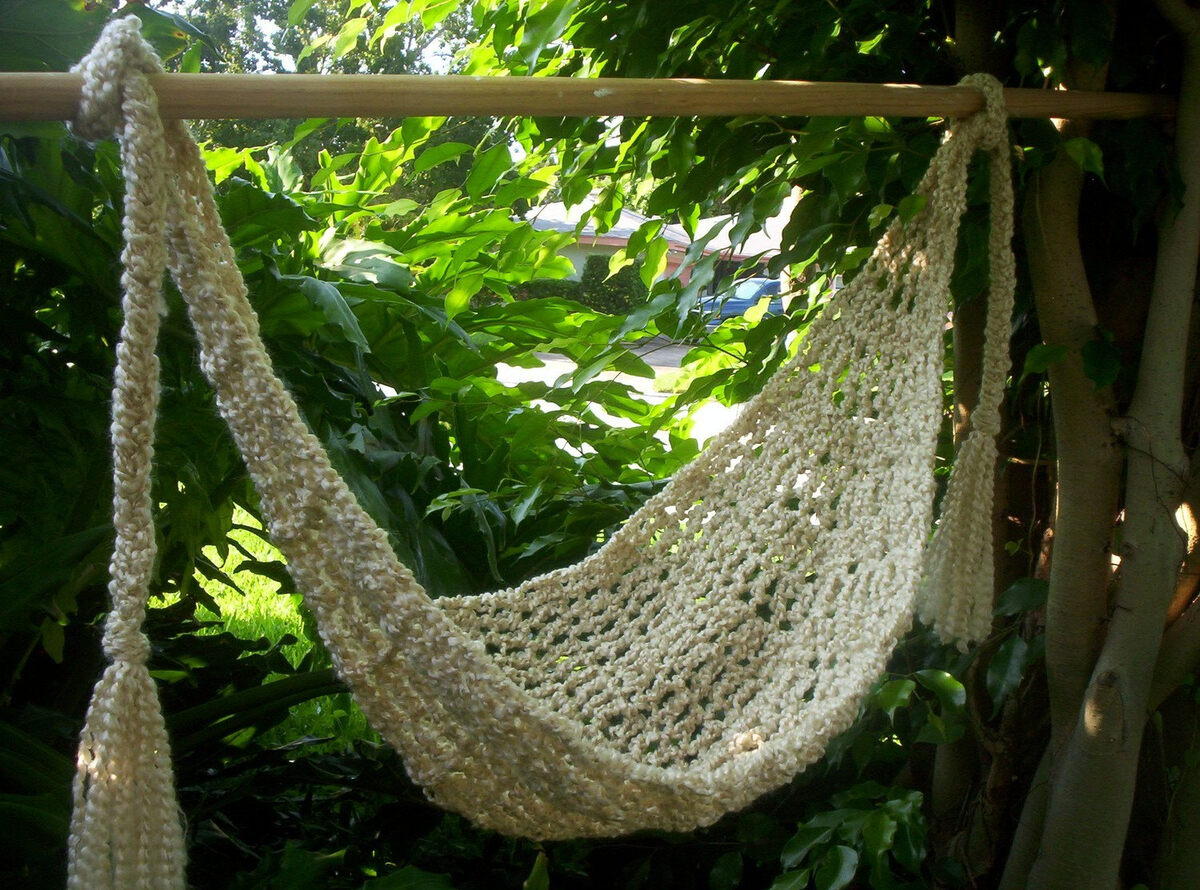
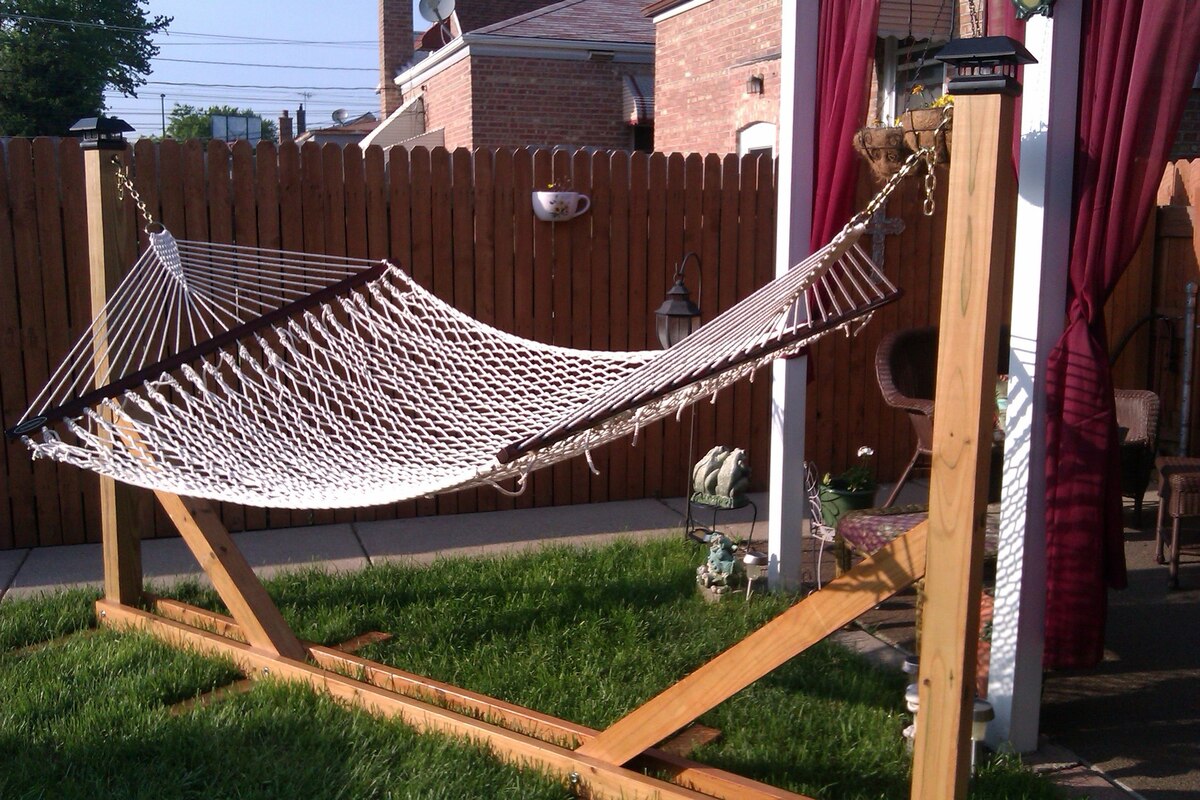


0 thoughts on “How To Wash A Hammock”